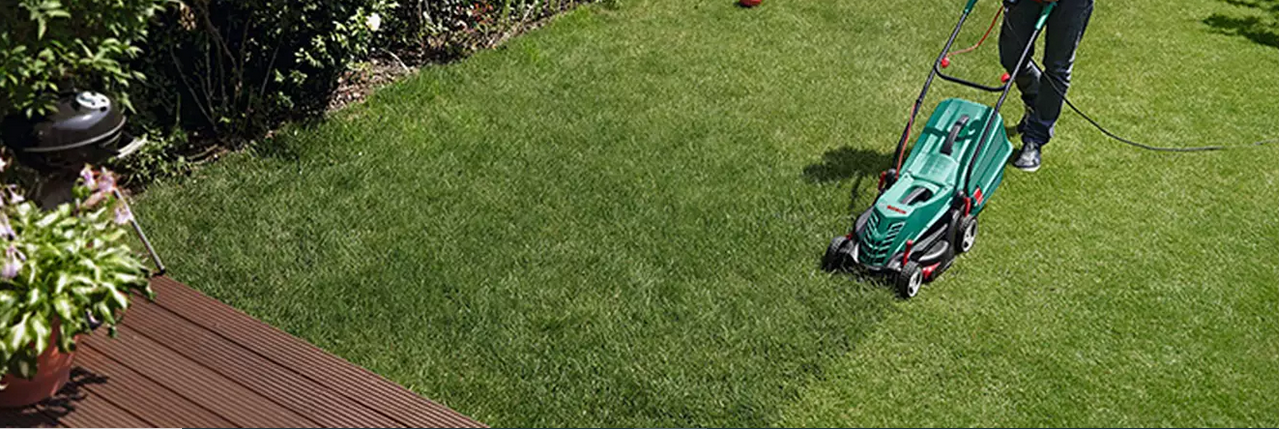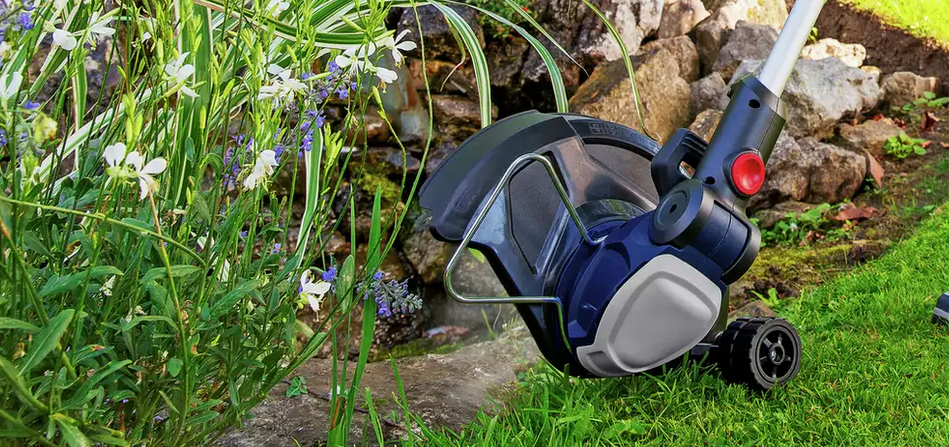
As we enter spring, it is time to get the garden ready. You can make a huge difference by sorting out the lawn. But where do we begin? Here’s what you need to know before you begin your first cut of the year.
When should I be cutting my grass?
Firstly, when is the right time? Usually, the best time of year is the end of March or early April. This is to ensure the temperature it right. It is recommended to avoid cutting the grass in cold, winter weather as during the winter months the grass is dormant and won’t be growing. As the temperature gets warmer, the grass will begin to grow again so it is the right time to cut.

Weather matters – pick a sunny day!
You should always aim for a sunny day when mowing the grass. This is because the grass will be drier and easier to cut. Alongside this, you should also consider the time of day for the weather. Aim for mid-morning or late afternoon when cutting. Although the temperatures increase as we leave winter behind, in the mornings the grass can still be quite wet. This means it is more likely to clump up and get stuck in the cutting tools.
Get the garden tidy before you begin
Before starting the cutting, always tidy your garden. Check the grass for any sticks or twigs, or any playing equipment like rackets and balls. This is firstly to prevent them from getting in blades when cutting which can affect cutting results. It also prevents the mower and objects from becoming damaged.
Choosing the right tool for the job
Depending on the size of your garden, you may need to weigh up what tools you need. There are many to choose from such as electric lawnmowers, strimmers, and hedge trimmers. You can view our range of lawnmowers and garden power tools here.
Sharpening any blades
Whether you’re using a trimmer or a lawnmower, you’ll need to ensure the blades are sharp and prepared. Blunt blades do not cut well and can sometimes make mowing the lawn a messy job. Also using blunt blades tends to tear the grass instead of cutting cleanly, this can have a knock-on effect to the health of your lawn and heighten the chances for disease, as well as its appearance. Your equipment will have specific instructions on the best method to sharpen them, but by doing so you can be confident you’ll be able to cut the grass effectively.
Don’t cut too short too fast
When mowing your lawn, you should be cautious of cutting the grass too short. This can be problematic for your lawnmower as cutting too much at once can quickly clog up the blades. It can also put strain on the motor as the unit needs to work harder to keep the blades turning as they clog.
Cutting too short can also damage your lawn. The grass can become weakened and the nutrient supply limited. To avoid this, adjust your lawnmower to trim the height when doing your first cut. Then after a few weeks if you still need to mow shorter, amend the height to a different length to cut. This prevents too much being cut at once.
Trim the edges
Mowing the lawn isn’t always enough. To finish off the garden nicely, you may need to perfect the borders by trimming the edges. You can use a grass trimmer with a rotating head to cut to the edge of the border without cutting any of your flowers.

To summarise…
Getting that first cut right is important; it can keep your equipment working properly, allow the grass to grow without cutting too short, and gets your garden organised for the year ahead.
You can read more of our articles on the garden & outdoors here.
For our full range of articles, click here.